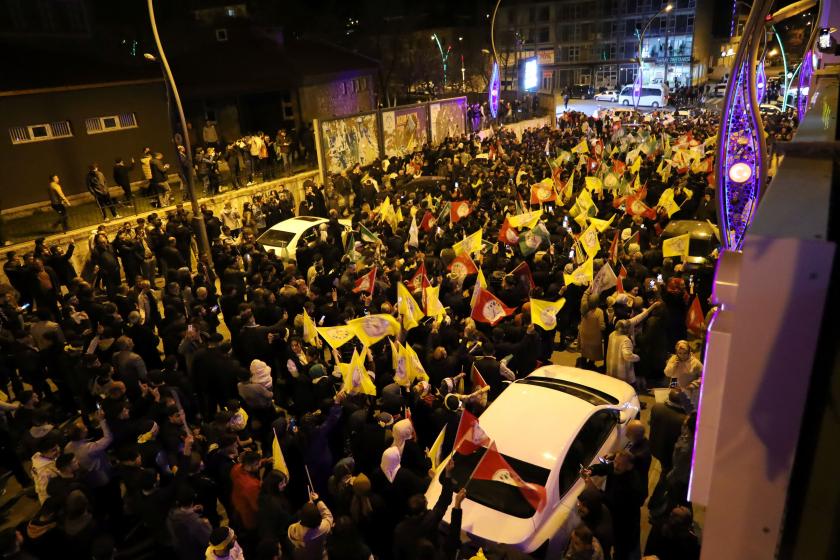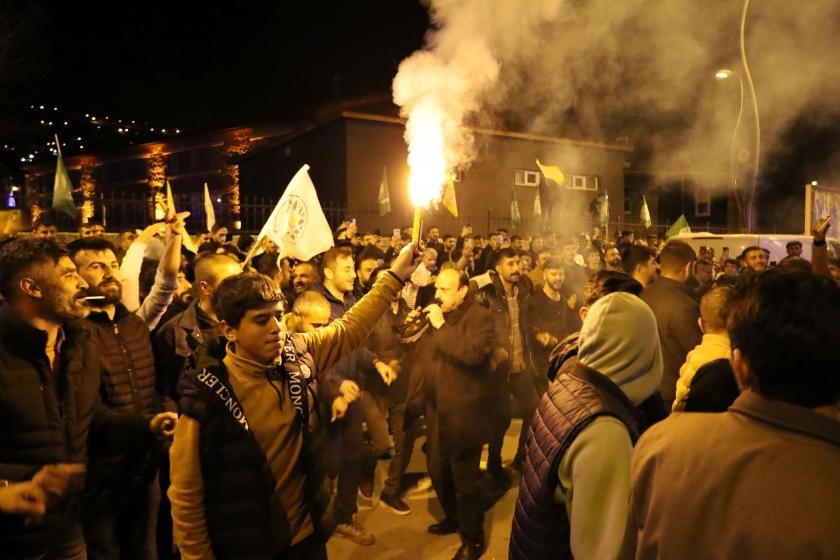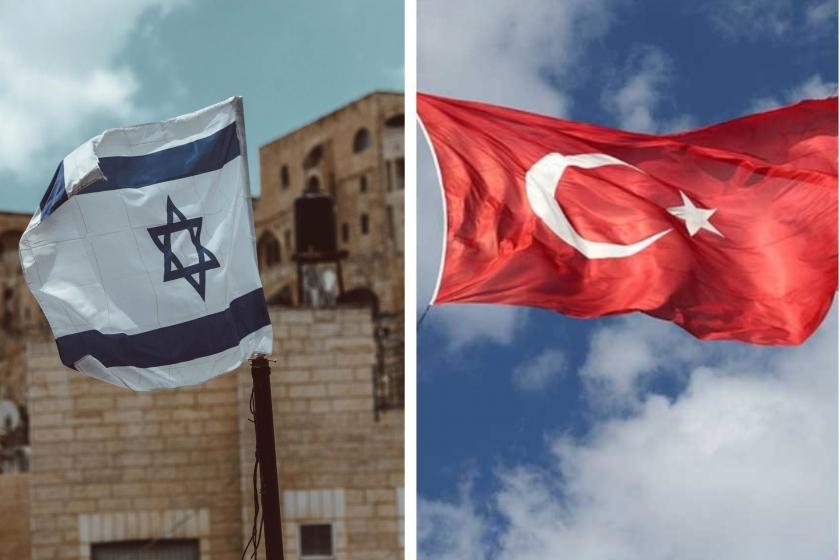I was in Diyarbakır for five days from 22nd of August. Since early 90s I visit Diyarbakır from time to time and on these visits, apart from talking to representatives of organisations and journalists in order to understand the characteristics of the time, it is important to me that I also talk to individuals in the course of the day to get a good feel of the city.
No representative can give the full picture of a city, location, or the experience of the people living in the present course of its history in the making. It is best to listen to a city with its many subjects.
Pre-Eid, there is unprecedented grief in Diyarbakır’s historic district of Sur as demolitions continue. In the morning a few remaining houses in the Alipaşa neighbour were cordoned off with police barriers and the people of Alipaşa we spoke with liken themselves to Palestinians living under the tyranny of Israel. We came across people asking, “Where are the Turkish T.V. stations, why are they not coming?” while the heavy equipment awaiting demolition was on standby.
The research on Sur by Amnesty International is the most comprehensive research to this date that I have seen. I have spoken with Andrew Gardner, who visited Diyarbakır on many occasions over a period of a year, about the findings of this research and his observations of Sur; I have consulted with Idil Eser, Director of Amnesty International- Turkey, about the overall aim of this research. Idil Eser — currently in prison — said, “we are talking about 40 thousand people whose lives have turned upside down in Sur” and further commented that “I wish everyone reading this report would empathise.”
The response to this very word “empathy” by those that committed these crimes has been to punish Amnesty International. For this very reason the “Büyükada incident” could be explained and understood correctly by looking not at the police records but the activities of human rights defenders about Sur and other similar issues.
When I think about Sur and what the people of Sur had to go through I remember, as one of the first journalist entering Sur following the lifting of the curfew on 31st March 2016 along with Idil, seeing a graffiti on a wall that read “This is a lesson for you Idil.”
Sur suffered heavily during this period, along with Cizre.
The “urban transformation” projects delivered with the aim to punish are exposed to be nothing but a total demolition of a city; this is the reality for people living in Sur currently.
During my visit to Diyarbakır news outlets dihaber, Gazete Şûjin and Rojeva Medya, which were reporting daily on the situation in Sur and similar developments in the region were closed down under Decree of Law 693. We were with colleagues in the morning of the implementation of this decree and their organisations being closed down. Our colleagues expressed their commitment to continue in documenting and reporting on the streets of Diyarbakır with their cameras; as one may guess, without any delay.
In the meantime, we can see a feeling of ‘We can fix our own wounds’ amongst the journalist in this region that are faced with daily pressures. Although they value greatly the solidarity of journalists and organisations in the west of the county, having to deal with these hard conditions on their own, understandably, leads to this feeling. Of course there are lessons to be learned from these experiences by journalists in the west of the country.
Someone else that I spoke to in Diyarbakır was Raci Bilici – Human Rights Association’s General Secretary and Chair of the Diyarbakır Branch. When Bilici addressed the violations and experiences, he drew attention to the differences in the effect of State of Emergency on daily life both in terms of the west of the country and Diyarbakır, as well as the difference in the cities in the region (East). Although there are similarities in terms of suppression of the press and expulsions through Decree of Law across the county, you only need a few days in Diyarbakır to test what Bilici says about the effects of the State of Emergency on daily lives.
Although the anger resulting from the appointment of administrators, expulsions, exile and destruction is not much expressed on the streets of Diyarbakır these days, it can be felt tangibly in expressions relating to the government.
On this visit, while walking the streets of Diyarbakır, there were moments where I thought to myself; this is where Musa Anter, the Kurdish Scholar and Journalist was killed; this is where Namık Tarancı, poet and representative for Gercek Magazine was killed; and this is where Hafız Akdemir Özgür, Diyarbakır correspondent for Gündem newspaper, was killed.
The current experience of the city brings its history to one’s mind.
However, we also know that the journalism of Musa Anter, Namık Tarancı and Hafız Akdemir continue to bear witness to streets of Diyarbakir despite all kinds of suppression, including the risk of being ‘defendants.’



